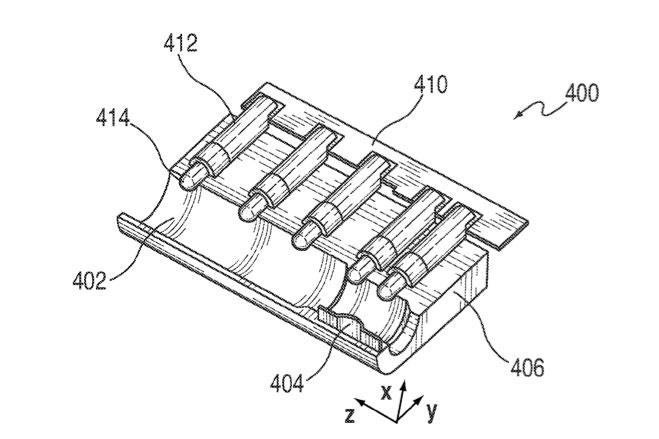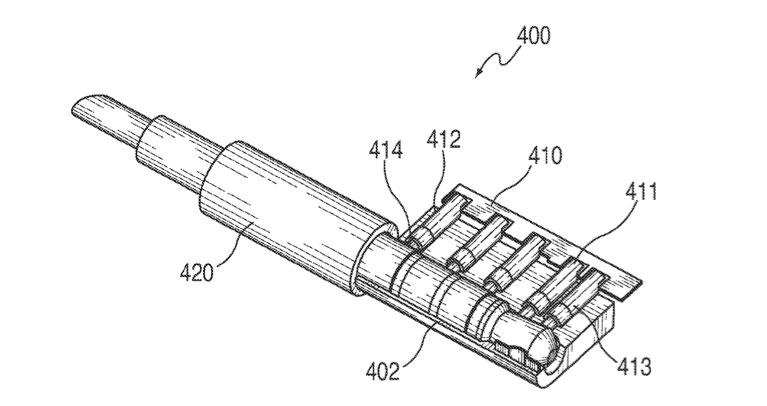Apple exploring shrunken audio jacks for even smaller iPods
A new patent application from Apple was revealed this week by the U.S. Patent and Trademark Office and discovered by AppleInsider. Entitled "Audio Jack with Pogo Pins for Conductive Contacts," it describes an audio headphone jack that depends on deflectable Pogo pins to conserve space.
The application notes that audio jacks include several conductive pads in order to create contact with a standard 1/8-inch audio cable when plugged in. Through these cables, audio, power and data can be transferred.
Current audio jacks typically depend on "cantilever beams," which extend into the cavity and deflect away when an audio plug is inserted. The cantilever beam, however, can take up a large amount of space.
"In particular, a cantilever beam can require a substantial minimum length for ensuring that the force generated by the beam deflection is sufficient to maintain the beam in contact with an audio plug contact portion," the application reads. "In addition, the cantilever beam requires space in at least two dimensions, which can prevent the size of an electronic device from being reduced."
"This can especially be an issue for electronic devices so small that the audio jack size effectively determines the size of the device."
The application has become public as Apple has introduced its latest and smallest line of iPod players ever. Design considerations for the size of the headphone jack can be seen in the latest iPod nano, which employs a tiny 1.54-inch display.
In its teardown of the new iPod nano, iFixit found that the front glass on the sixth-generation device sticks up about .3mm from the flat face of the outer case. The solutions provider said that decision was likely made because of the size of the headphone jack.
"Apple wanted to keep the device as thin as possible, and the curvature of the edges would have forced the case to be thicker for a completely flush glass panel," they said. "A thicker case was ditched in favor of the glass sticking out slightly."
Apple's solution would rely on Pogo pins embedded the audio jack cavity, which would extend to create contact with an audio plug. Upon insertion of an audio plug, the retractable portion of the pins would become depressed and would meet the contacts on the plug.
The use of Pogo pins would allow the size of an audio jack to be "greatly reduced in two dimensions," the application reads, including along the axis of the cavity and in one direction perpendicular to the axis of the cavity.
"The contact mechanism for the audio jack only needs to extend in one direction (e.g., in one direction perpendicular to the axis of the cavity, or y)," it states. "This may allow an electronic device in which the electronic device housing follows the dimensions of the audio jack for around at least one half of the periphery of the audio jack (e.g., all of the audio jack conductive pads and the movement of the audio jack conductive pads remains in a plane that includes the central axis of the cavity)."
Pogo pins are a registered trademark of Everett Charles Technologies. Its name came due to a comparison with a pogo stick toy. Pogo pins are typically formed as a slender cylinder with two sharp, spring-loaded pins.
Made public this week, the application was first filed for on June 10, 2009. It is credited to Sean Murphy and John Difonzo.
 Neil Hughes
Neil Hughes












 Mike Wuerthele
Mike Wuerthele
 Malcolm Owen
Malcolm Owen
 Chip Loder
Chip Loder

 William Gallagher
William Gallagher
 Christine McKee
Christine McKee
 Michael Stroup
Michael Stroup
 William Gallagher and Mike Wuerthele
William Gallagher and Mike Wuerthele







